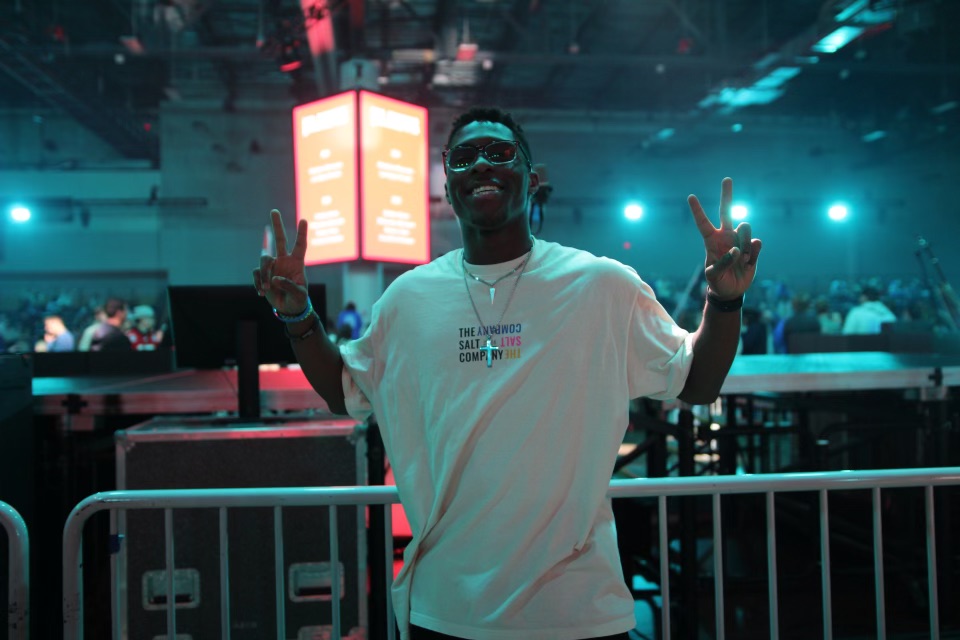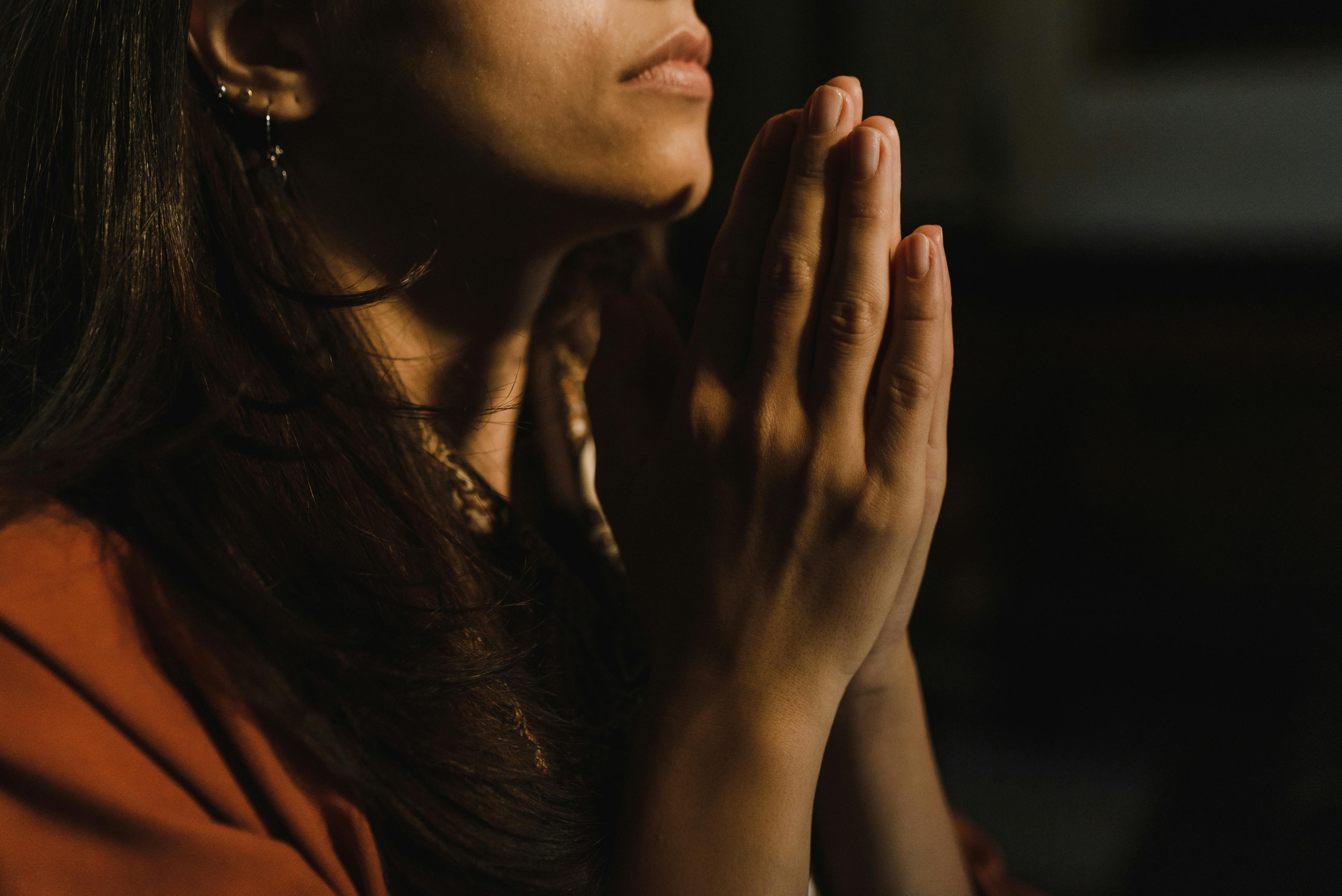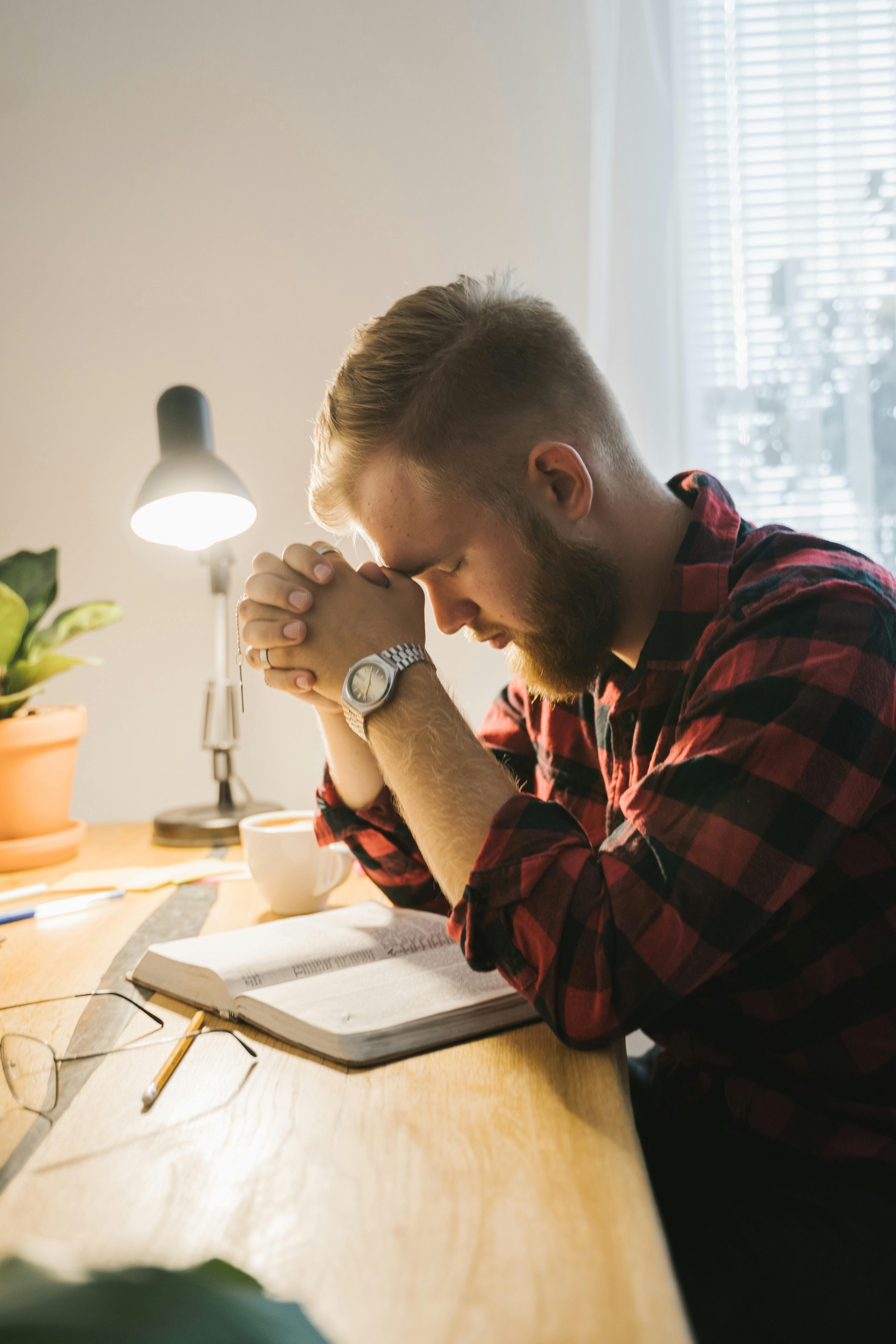California’s End Of Life Option: ‘an Awful Way To Die’

“Imagine dying without pain and suffering, peacefully, in a dignified, controlled manner, on your terms, on a date and at a time of your choosing,” reads the advertisement for an information session on California’s End of Life Option Act.
To anyone who believes in God’s sovereignty, the last part of that sentence rings false. Even if a person does decide on suicide or assisted suicide, it’s the Lord who numbers our days (Job 14:5; Ps. 139:16). It’s he who gives life, and we’re warned against ending it prematurely (Ex. 20:13; Eccl. 7:17; 1 Cor. 3:16–20).
But the first part of that advertisement may not be true either.
“A lot of euphemisms are being used,” said Elizabeth, a woman from California who recently walked with her ex-husband through the process of medical assistance in dying. She asked to use a pseudonym to protect her family’s privacy. “The problem with euphemisms is that—in the case of assisted suicide—they are exceedingly misleading. Our experience with the process was neither peaceful nor dignified. Instead, it was confusing and disturbing.”
Elizabeth came to Christ in her early 30s, after she was married and had a young daughter with a man who turned out to be addicted to prescription drugs. They later divorced.
When he was diagnosed with terminal cancer last summer, he asked their 24-year-old daughter to help him with assisted suicide. Horrified by the idea of her daughter walking through the process on her own, Elizabeth took the problem to her current husband and her church elders.
Our experience with the process was neither peaceful nor dignified. Instead, it was confusing and disturbing.
“I wanted them to weigh in,” she said. “I told them that I am not married to this man, and I disagree with the decision he is making. But because of my faith, I can’t let my daughter go through this alone.”
Everyone told her to go ahead. “It was a particularly unique situation,” she said. “They understood why I needed to go through it, and they were sorry that I had to do it. Their understanding and encouragement meant so much to me. It gave me the strength to walk through a very difficult experience.”
The Gospel Coalition asked Elizabeth why her ex-husband decided to end his own life, what the process was like, if she was able to see God at work, and if she had any advice for others whose loved ones are contemplating assisted suicide.
Why do you think your ex-husband chose to end his own life? If he’d waited just a few more months, his body would have passed away on its own.
Primarily, he wanted to be in control. I recently read James Eglinton’s “England’s Assisted Suicide Bill and the Disordered Western Soul,” and that rang true. This issue comes down to the concept of individualism and self-centered control. My daughter’s father didn’t believe in a sovereign God, so he wanted to be his own god.
Second, he was afraid. In addition to his lack of faith, he lacked resources. He lived his life in such a way that he had very few people who would walk through his terminal illness with him. He was alone. If you know you’re going to deteriorate rapidly and have a diminishing capacity to look after yourself, that’s scary. He also didn’t have enough money to live on his own without working, and he was afraid of what was going to happen to him.
Under those circumstances, when someone tells you that you can die a calm and peaceful death, a dignified death, when and where you want, that sounds good.
Who told him that? How did he find out he could access assistance in dying?
Before a terminal patient is discharged from the hospital, a social worker meets with them to ensure the patient is connected with hospice care. The social worker provides information about the End of Life Option Act (EOLOA). Conversations regarding EOLOA continue when the patient returns home. The patient’s physician and the hospice care team work together to facilitate the process. In our case, my daughter’s father already knew about EOLOA and asked to start the process before he was discharged.
What was very surprising to me is that, despite the fact that the patient’s physician has to authorize the EOLOA prescription, the patient (alone or with their family) can take the prescription without a medical professional present.
Wait. You can conduct a medically assisted death without any medical personnel there?
Yes. My daughter, her father, and I could have done this alone.
But I wasn’t willing to do it without a knowledgeable medical personnel there. What if something went wrong? His physician told me death is like birth—you never know if there are going to be any complications. We wouldn’t know what to do if he took the prescription and something went wrong. I’m not a medical professional.
You might think, Well, he is going to die from the prescription anyway, so why do you need a medical professional? But we had been advised that, if the directions were not adhered to, it was possible the prescription would not result in death. Also, he could die anywhere from 30 minutes to four hours after ingesting the drugs. Can you imagine waiting for a loved one to die from an overdose? Anything could have happened, and my daughter and I would have been alone with no one to help.
I asked if his physician would come to the home, but Medi-Cal wouldn’t pay for that. In fact, once his physician signed off on EOLOA, he was no longer involved. We could have hired an end-of-life doula, but we had a hospice nurse who was willing to be there instead. I wouldn’t have done it without her.
The latest data shows that from when California legalized assisted suicide in June 2016 through to December 2023, about 6,500 people requested the drugs, and just over 65 percent have taken them. Their loved ones tell stories about them surrounded by plants on the patio, holding their loved one’s hand, passing out immediately, and quickly dying. Was that what it was like?
No.
An hour beforehand, he had to take a strong anti-nausea medication to keep him from vomiting the drugs back up.
Then, when it was time, the hospice nurse mixed the drugs with a clear juice, like apple juice. Because the drugs have an immediate effect and he wouldn’t be able to move after he ingested them, he sat on the edge of his bed to drink the mixture.
The law requires that the terminal patient be conscious and able to self-administer (drink) the prescription, but—remember—no medical professional is required to be there when the prescription is mixed or ingested. It’s very odd.
Because the prescription is very bitter, they suggest giving something to drink or some non-dairy sorbet directly afterward to help with the taste. My ex-husband asked for Pepsi.
He drank the prescription, looked at us and said, “Oh, that burns! That’s so awful. Why can’t they make it nicer than that?”
It wasn’t long after he drank the prescription that he started to shake. The hospice nurse, my daughter, and I worked together to keep him in an upright position for 10 minutes. This was so he didn’t vomit the drugs back up. After the required 10 minutes, we laid him back on the bed, lifting his legs into place. I stood at the foot of the bed, holding his shaking feet and his legs while my daughter held his hands and quietly talked to him. We weren’t sure if he was still aware of us at that point, but he hadn’t slipped into a coma yet, so we did our best to comfort him.
Shortly after, he started moaning and then, suddenly, he rose up from the bed and a deep guttural sound erupted from him. I don’t know if it was a death rattle or an overdose sound, but that was the moment my daughter began shaking and crying.
The prescription is a drug overdose, right?
Right. It was a mix of digoxin (which slows the heart), amitriptyline (which speeds up the heart), valium (which slows respiration and blood pressure), and morphine (which helps with pain). There may have been other drugs in there too. It’s a prescription overdose.
[Note: Barbiturates—or sedatives—were the original drugs of choice in euthanasia, but they’ve since become “scarce and expensive” in the United States, leading physicians to instead prescribe alternate drug combinations.]
EOLOA refers to the prescription as an “aid-in-dying drug,” but I ended up calling it the death prescription because that’s what it is.
How long do you think he was shaking and moaning?
I think it was about 30 minutes from the time he took the prescription overdose until he was quiet enough that we felt comfortable stepping outside. My daughter wanted to stay by his side until he passed into a coma.
Then what happened?
My daughter and I waited outside while the hospice nurse stayed with him until he died. I think it was 90 minutes, but I can’t remember exactly. Because we knew when he was going to die, we were able to prearrange for the mortuary to pick up his body.
Over the following few days, my daughter’s tears really came. She told me how terrible the experience was and how she hadn’t been prepared. She felt misled by the euphemisms and had really expected his passing to be peaceful and calm. At one point, I could see her processing. Then she said, “What an awful way to die,” and started sobbing.
I always knew it was going to be “awful,” which is why I was convinced from the start that I needed to be there for her every step of the way.
This whole experience sounds horrible for all of you. Is there any way you can see God working here?
This situation gave me many opportunities to stand firm in my convictions.
I was able to respect the counsel of my husband and elders by engaging them in my decision, by speaking to them about my concerns, and by advocating for my need to walk through this on my daughter’s behalf.
I was able to act in a Christian manner under difficult circumstances. Rooted in my faith, I chose not to leave my daughter’s father to face his final days alone and without support. I cared for him with kindness, compassion, and patience as he experienced the challenges of terminal pancreatic cancer. My daughter witnessed this and recognized it as a testimony of my faith.
This situation gave me many opportunities to stand firm in my convictions.
Throughout the process, I told every medical professional and EOLOA clinical consultant that, due to my Christian faith, I was not in support of the End of Life Option Act. After his death, the hospice nurse asked me why, and I was able to have a conversation with her about the sovereignty of God and about how I believe that life is in his hands, not ours.
And finally, as my daughter and I continue to process this, it has led to good discussions about life, death, and faith. My daughter and I have been given the opportunity to talk through things that we never could have, had we not gone through this.
As assisted suicide becomes legal in more states and countries around the world, more Christians are likely to be in your position. What advice do you have for them?
This question is difficult to answer. Honestly, I’m not sure I feel worthy to give advice on such an important matter—a matter that is sure to be deeply personal to everyone who finds themselves having to face it. I certainly can’t give firm advice on whether or not to walk through assisted suicide with someone. That decision must always come down to personal reflection and prayer.
Where I can give advice is to encourage anyone faced with this to speak to your elders, to engage your Christian brothers and sisters to pray for you, to ask for support when you need it, and to profess your Christian perspective and faith at every opportunity. Let others feel the love of Christ through your words and actions. I could never have convinced my ex-husband to change his mind, but I promise you he saw the love of our Savior in the way I cared for him and our daughter, and he was humbled by it.
As am I.


